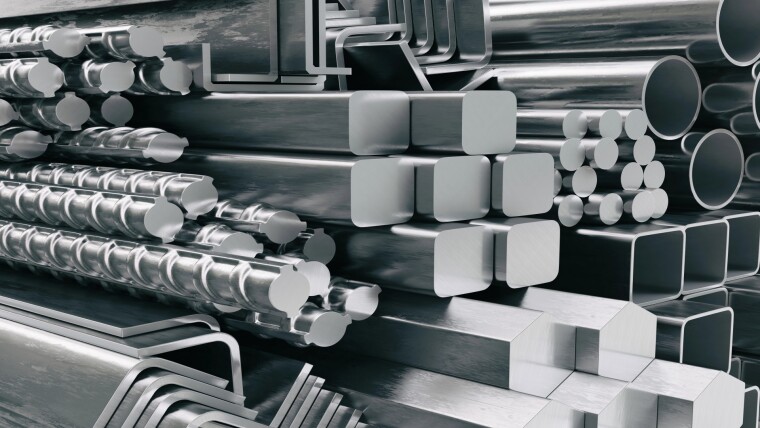Physicists at the University of Vienna, working with researchers from the Vienna University of Technology, have found a way to make graphene, a material known for being extremely strong and highly conductive, much more stretchable. Their method involved adding tiny defects to the material and creating ripple-like patterns, similar to the folds of an accordion. This discovery could help in developing flexible technologies like wearable electronics and rollables, among other things.
Graphene is just one atom thick and has a structure that makes it very stiff. While this stiffness is useful in many ways, it limits how much the material can bend or stretch. Since its discovery in 2004, scientists have tried to change its stiffness by removing atoms, but results have been inconsistent. Some studies showed a small drop in stiffness, while others saw it increase.
To clear up the confusion, the Vienna team ran a series of experiments in a special setup that keeps graphene completely clean and free from air or dust. “This unique system we have developed in the University of Vienna allows us to examine 2D materials without interference,” said Jani Kotakoski, who led the research. Wael Joudi, the first author of the study, added, “For the first time this kind of experiment has been carried out with the graphene fully isolated from ambient air and the foreign particles it contains. Without this separation, these particles would quickly settle on the surface affecting the experiment procedure and measurements.”
The team introduced defects into the graphene using low-energy argon (Ar) ions (less than 200 eV), which knocked out atoms in a controlled way. These missing atoms are called vacancies. They then used advanced microscopes and image analysis to study the atomic structure, and measured how the material responded to pressure using atomic force microscopy (AFM) nanoindentation.
Before the defects were added, the graphene had a two-dimensional elastic modulus (E^2D) of 286 N/m. After the vacancies were introduced, this dropped to 158 N/m. That’s a really big change—more than most theories had predicted—and it helps explain why earlier experiments gave mixed results. Simulations showed that the softening happens mostly because of ripples caused by strain around spots where two or more atoms are missing. Single missing atoms didn’t have much effect.
“You can imagine it like an accordion. When pulled apart, the waved material now gets flattened, which requires much less force than stretching the flat material and therefore it becomes more stretchable,” said Joudi. Simulations by Rika Saskia Windisch and Florian Libisch backed up this idea, showing both the ripple formation and the increased stretchability.
The researchers also found that if the graphene surface isn’t cleaned before adding defects, the opposite happens as it becomes stiffer. This is because dirt or particles on the surface block the ripple effect. “This shows the importance of the measurement environment when dealing with 2D materials. The results open up a way to regulate the stiffness of graphene and thus pave the way for potential applications,” Joudi concluded.
Source: Vienna University of Technology, American Physical Society | Image via Depositphotos
This article was generated with some help from AI and reviewed by an editor. Under Section 107 of the Copyright Act 1976, this material is used for the purpose of news reporting. Fair use is a use permitted by copyright statute that might otherwise be infringing.
